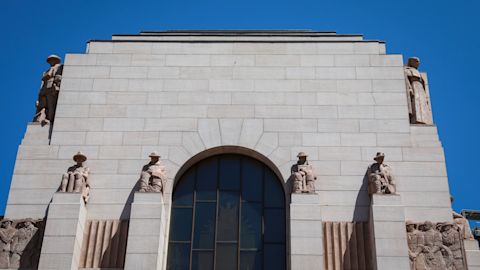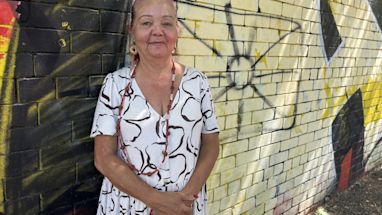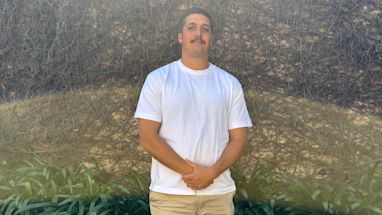Understanding Remembrance Day
Remembrance Day is 11 November. It’s important in Australia, and across the world, as an opportunity to commemorate those who died or suffered in wars and conflicts.
The date is notable because on 11 November in 1918 an armistice was signed between Germany and the Allied Forces, bringing fighting to a close in World War 1.

At the time, Australia was small nation with a population of fewer than 5 million. From this number, 416,809 men enlisted of which 302,000 served overseas. Of these, 62,000 were killed and 155,000 wounded.
More than 2,000 Australian nurses served in the Australian Army Nursing Service, 25 died and 8 received the Military Medal for bravery in the war.

Honouring their sacrifice
One minute’s silence is observed at 11am, to remember the service and sacrifice of our veterans.
Red poppies are commonly worn, inspired by the thousands of the flower that grew across battlefields on the Western Front, in Germany and France.
You’re invited and encouraged to attend the NSW Remembrance Day service at the Cenotaph in Martin Place. The ceremony will start at 10:30am on Monday 11 November.
A special Remembrance Day organ recital will also be held at Sydney Town Hall from 12:30pm. The recital is free to attend.

Pay your respects at a local war memorial
There are many war memorials in our area. These war memorials take many forms, but common to all of them is that they remind us of those we have lost to war.
These memorials are a place for local communities to pay their respects and for families to mourn their loved ones buried in cemeteries overseas.

You can find a war memorial near you using the NSW Government’s War Memorial register.
The most significant memorial in our area is the Anzac Memorial in Hyde Park, which was opened in 1934 to honour the service and sacrifice of those who fought in World War 1.
Anzac Memorial marks its 90th anniversary on Sunday 24 November with a special open day and sunset commemoration.
Published 11 November 2024



